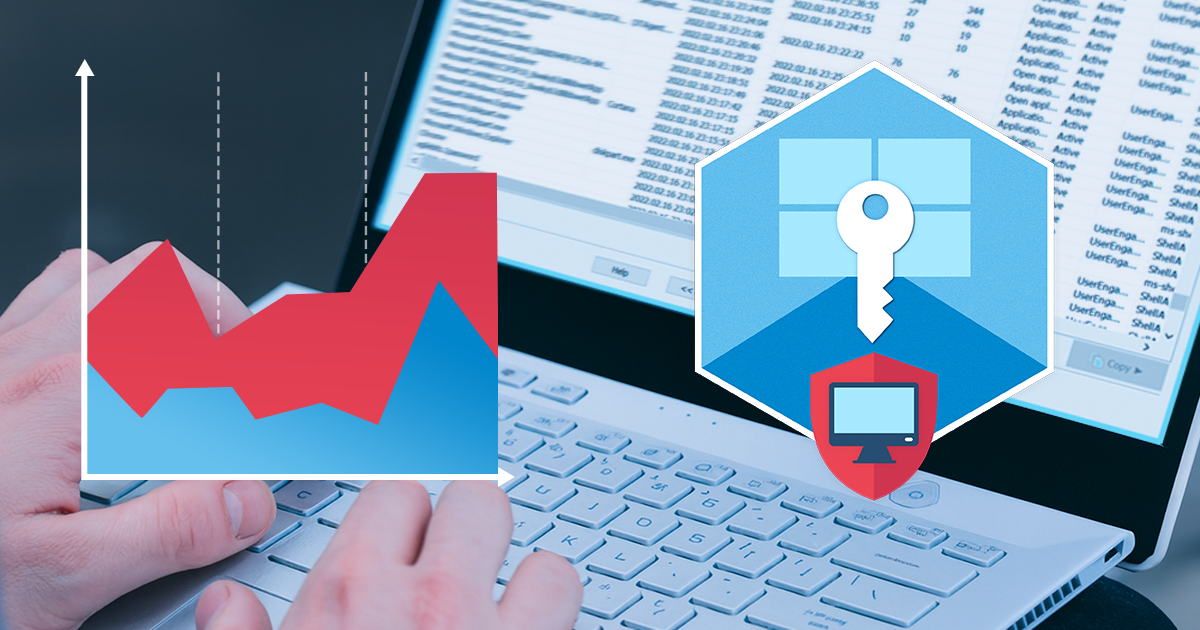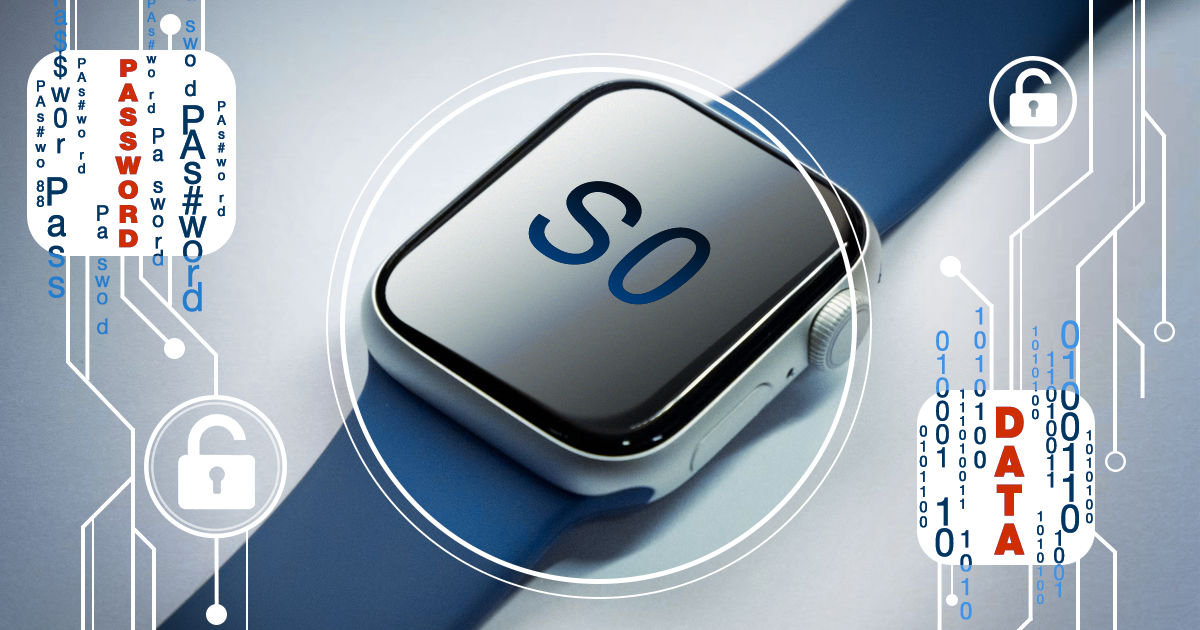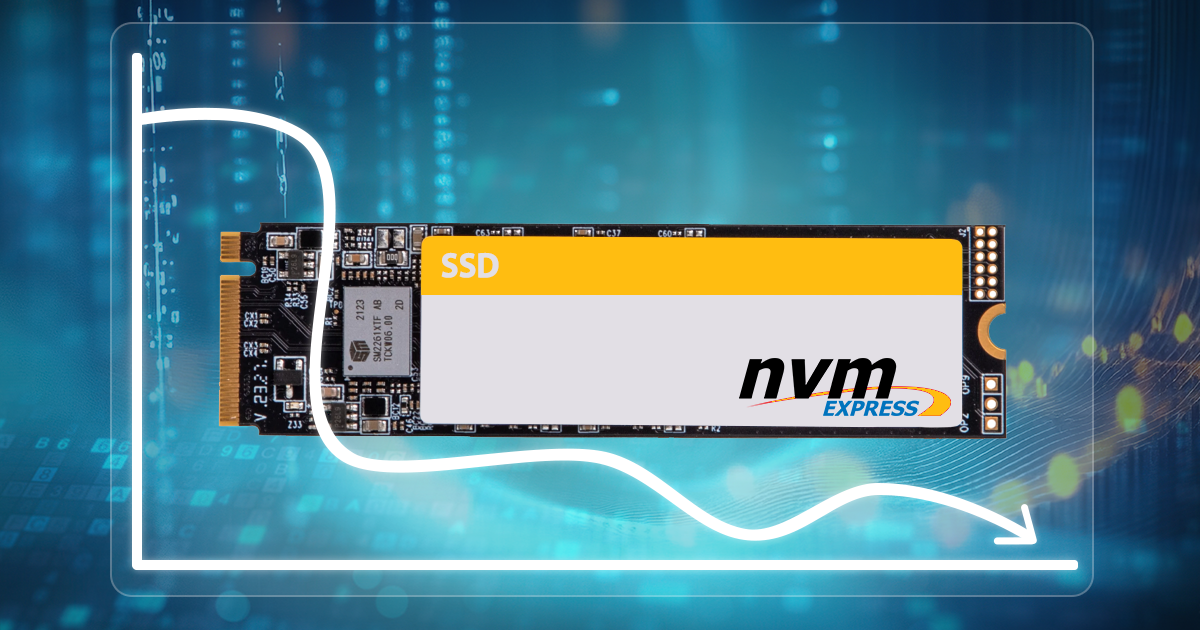So you’ve got an iPhone, and it’s locked, and you don’t know the passcode. This situation is so common, and the market has so many solutions and “solutions” that we felt a short walkthrough is necessary.
Two-step verification and two-factor authentication both aim to help users secure their Apple ID, adding a secondary authentication factor to strengthen security. While Apple ID and password are “something you know”, two-step verification (and two-factor authentication) are both based on “something you have”.
BitLocker is a popular full-disk encryption scheme employed in all versions of Windows (but not in every edition) since Windows Vista. BitLocker is used to protect stationary and removable volumes against outside attacks. Since Windows 8, BitLocker is activated by default on compatible devices if the administrative account logs in with Microsoft Account credentials. BitLocker protection is extremely robust, becoming a real roadblock for digital forensics.
BitLocker, EDPR, EFDD, Elcomsoft Distributed Password Recovery, Elcomsoft Forensic Disk Decryptor, Elcomsoft System Recovery, ESR, Microsoft Account, TPM, Windows 10, XTS-AES
2FA, Bing search history, BitLocker, BitLocker recovery key, EDPR, Elcomsoft Distributed Password Recovery, Elcomsoft Phone Viewer, Elcomsoft System Recovery, EPV, ESR, Find My Device, Microsoft Account, Microsoft OneDrive, Skype, Two-Factor Authentication, Windows 10, Windows 10 Mobile
On Tuesday, a federal judge ordered Apple to assist the authorities in breaking into a locked iPhone 5C used by Syed Farook, who killed 14 in San Bernardino in December. According to the FBI, the phone might contain critical information about connections with Islamic terrorist groups. Apple opposed the motion and published an open letter at https://www.apple.com/customer-letter/ saying that “The United States government has demanded that Apple take an unprecedented step which threatens the security of our customers. We oppose this order, which has implications far beyond the legal case at hand.”
It is our greatest pleasure to recommend the newest edition of “Hacking For Dummies” by Kevin Beaver, an independent IT security consultant, a practical guide on computer and mobile security updated to the current state of industry. With a natural talent of word Kevin easily guides you through security issues in a very clear and consistent manner, so that all major aspects of IT security, authentication and pen-testing are covered. With such a harmonious and sequential unveiling of security subjects as in this book, it is much easier to dig deeper into particular questions of your own interest.
We’ve recently updated Elcomsoft Distributed Password Recovery, adding enhanced GPU-assisted recovery for many supported formats. In a word, the new release adds GPU-accelerated recovery for OS X keychain, triples BitLocker recovery speeds, improves W-Fi password recovery and enhances GPU acceleration support for Internet Key Exchange (IKE).
Big news! iOS Forensic Toolkit receives its first major update. And it’s a big one. Not only does version 2.0 bring support for iOS 9 handys. We also expanded acquisition support for jailbroken devices, enabling limited data extraction from jailbroken devices locked with an unknown passcode.
With hardware-backed full-disk encryption and additional protection of sensitive user data located in the keychain, Apple iOS is the most secure mobile operating system out there. Acquisition approaches that are traditional for Android and Windows Phone devices (namely, JTAG, ISP and chip-off) are completely meaningless for iOS devices running even years-old generations of the system. Bypassing screen lock password (passcode) has also been long considered to be useless due to the fact user data stored in the keychain is additionally encrypted with a secure key based on the passcode.
We have just released a brand new tool, and this time it’s not about mobile forensics. Or is it?


